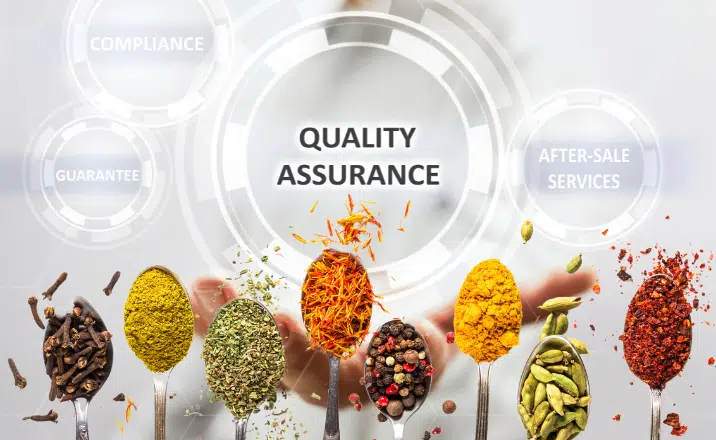The Keys to Writing Effective Standard Operating Procedures

The Keys to Writing Effective Standard Operating Procedures
As a lab professional, you know the importance of standard operating procedures (SOP). They are vital documentation ensuring laboratory activities are performed consistently, efficiently & in compliance with quality standards. However, poorly written SOPs are one of the most frequently cited causes of deficiencies and observations in regulatory inspections. A well-crafted SOP provides clear instructions to avoid deviations and maintain quality.
Writing SOPs from the End user’s perspective:
Always remember that SOPs should be written from a purely practical perspective from the point of view of those who will use them. Follow these guidelines:
- Use simple language. Ditch the jargon/Technical terms when possible.
- Write in the active voice
- Be careful with important terms like “may,” “must,” and “should”
- Use formatting like bullets and numbering to increase clarity
Next, structure your SOPs for maximum comprehension and ease of use. Consider the below checklist while preparing your SOP:
- Header of the SOP
- What is the purpose of this SOP?
- What is the scope of this SOP?
- Who is responsible for the activity in this SOP?
- What is the procedure of the activity included in this SOP?
- What other information is important?
- When was this SOP written?
- Who wrote it & who approved it?
- When was it revised or amended?
When describing the core procedures, break them down into distinct, numbered steps using simple action verbs. Consider supplementing with visual aids like flowcharts for added clarity. Include notes with clarifying information and warnings as needed.
Ensuring SOP Comprehension:
Even the best-written SOPs are futile if the team doesn’t understand and follow them consistently. Establish a process to:
- Securely distribute SOPs and document receipt
- Conduct training & test employee comprehension of the SOP
- Immediately identify & address any understanding gaps
An electronic document management system can substantially aid in SOP versioning, distribution, comprehension testing, and providing audit-ready records. Always remember “An ounce of procedure prevents a pound of problems.”




